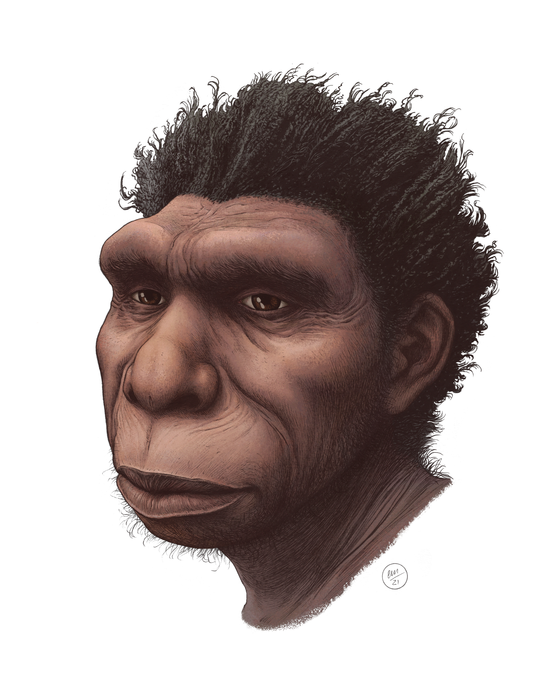An international team of experts has proposed that a new species of extinct human, Homo bodoensis, be classified as a direct ancestor of us, modern humans, in order to simplify the muddled account of human evolution.
Their new identification, which was published in the journal Evolutionary Anthropology Issues News and Reviews, is based on a reevaluation of existing fossils from Africa and Eurasia that date from 774,000 to 129,000 years ago, a crucial time period that saw the emergence of our own species (Homo sapiens) in Africa and the Neanderthals (Homo neanderthalensis), our closest relatives, in Europe.
The details of human evolution during this time period are uncertain, and the multiplicity of various possible species has caused paleoanthropologists to refer to this conundrum as "the muddle in the middle."
The discovery of Homo bodoensis aims to shed some light on this perplexing but crucial stage in human evolution.
The new name is based on a reappraisal of existing fossils from this time period from Africa and Eurasia. These fossils have traditionally been attributed to either Homo heidelbergensis or Homo rhodesiensis, both of which have several, often contradicting definitions.
"Talking about human evolution during this time period became impossible due to the lack of proper terminology that acknowledges human geographic variation" according to University of Winnipeg paleoanthropologist Dr. Mirjana Roksandic, lead author on the study.
DNA evidence recently revealed that certain H. heidelbergensis fossils in Europe were actually early Neanderthals, rendering the term redundant. According to co-author Xiu-Jie Wu of the Institute of Vertebrate Paleontology and Paleoanthropology in Beijing, China, the name should be dropped when discussing ancient people from east Asia.
H. heidelbergensis and H. rhodesiensis have been given to African fossils from this time period, further complicating the narrative. The term H. rhodesiensis has never been widely adopted since it is poorly defined.
This is owing, in part, to its association with Cecil Rhodes and the heinous crimes committed during colonial rule in Africa - an unacceptable honor in light of the crucial work being done to decolonize science.
The name "bodoensis" comes from a skull discovered in the Ethiopian town of Bodo D'ar, and the new species is thought to be a direct human ancestor. Most Middle Pleistocene humans from Africa and some from Southeast Europe will be classified as H. bodoensis, while many from the latter continent will be reclassified as Neanderthals.
The introduction of H. bodoensis is aimed at "cutting the Gordian knot and allowing us to communicate clearly about this important period in human evolution," the authors concluded.






